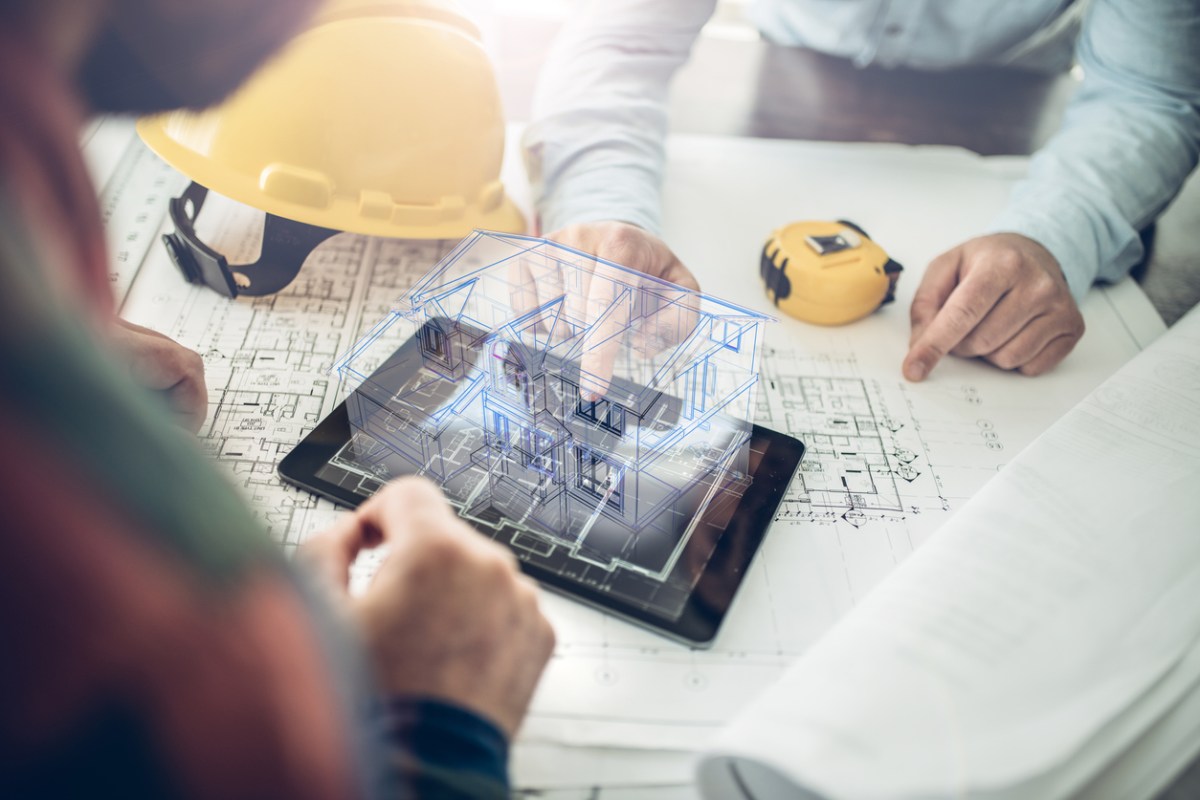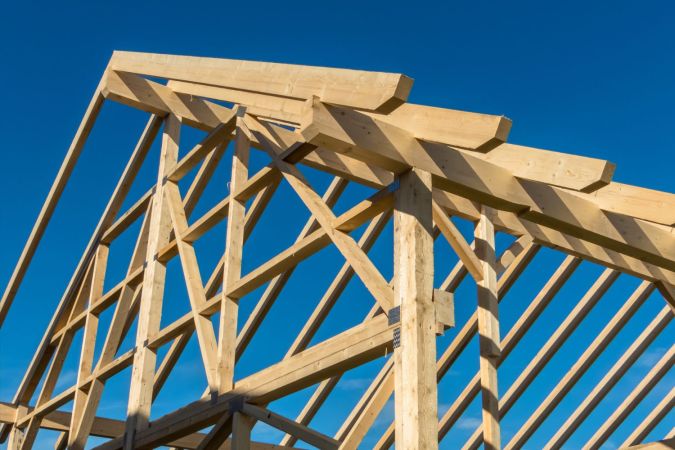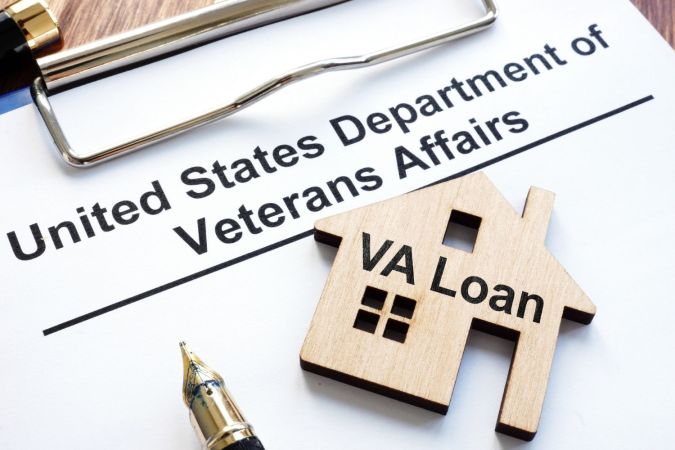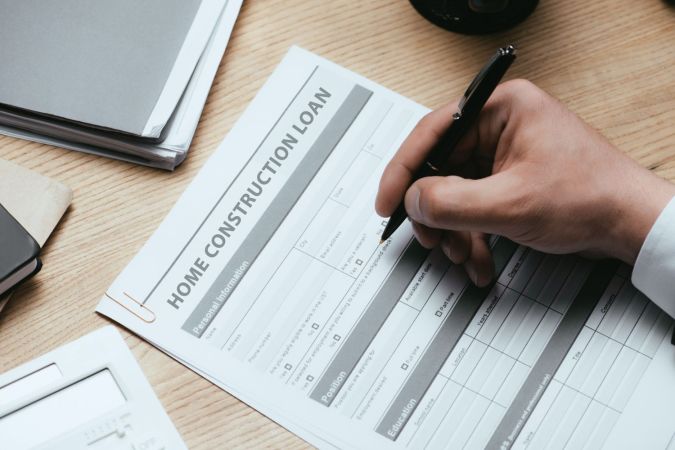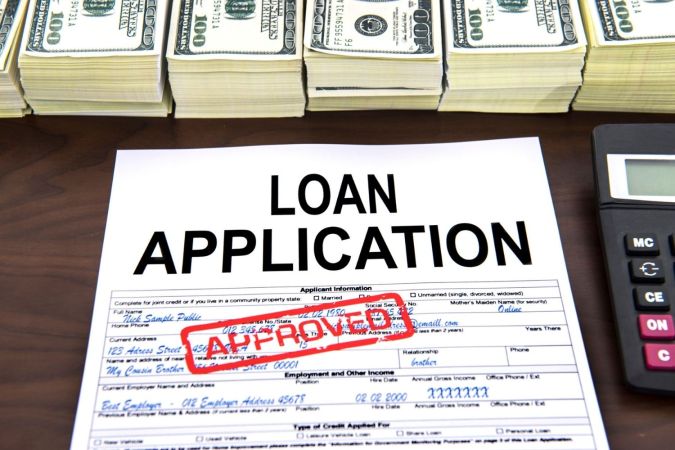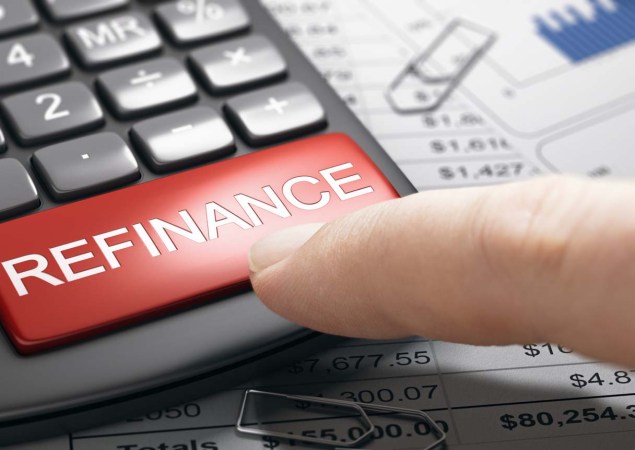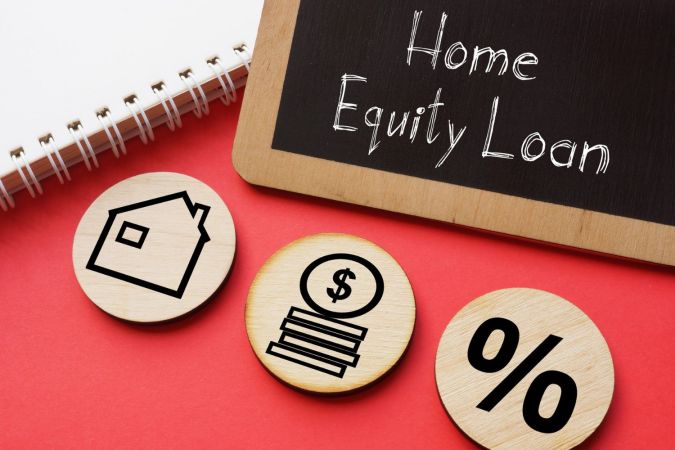We may earn revenue from the products available on this page and participate in affiliate programs. Learn More ›
Q: We’re thinking of building a house, and we heard that a construction-to-permanent loan can help finance the build and cover additional costs like the land, then transform the loan into a mortgage. What is a construction-to-permanent loan exactly, and how does it work?
A: This is a great question, as this type of home loan can be one of the best ways to finance a new home build. In the beginning, a construction-to-permanent loan covers the costs to build the home. During this part of the process, borrowers often only pay interest on the loan, deferring the principal until after construction is complete. Then, once the home is finished, any outstanding costs to buy the land and build the home are converted into a conventional fixed-rate mortgage. Home buyers can often lock in the interest rate at the beginning of the residential construction loan term and retain that interest rate when the time comes to move to a permanent mortgage. Read on to learn more about how these loan types work.
A construction-to-permanent loan is a type of home loan typically used when building a new house or renovating an older home.
How do construction loans work? Construction loans are designed to help borrowers finance the building of a new home or the renovation of an older one. These types of loans cover the cost it takes to build or renovate the home, including labor, materials, permits, and other costs, and are usually set for a period of 12 to 18 months. Traditional construction loans end after that term, and then the homeowner either pays off the loan in full or takes out a new mortgage to pay off the original construction loan. Setting up a new mortgage involves paying additional closing costs, though it also allows borrowers to shop around for the best interest rates available to them at that time, which could save them money.
Rather than having to go through the hassle of setting up a new mortgage, shopping for the best interest rates, and having to pay two sets of closing costs, borrowers may opt for a construction-to-permanent loan. This type of loan allows borrowers to combine construction or renovation financing and a permanent mortgage into one ongoing loan. During the construction phase, borrowers make interest-only payments. Once construction is complete, the construction loan balance is rolled into a mortgage with a predetermined interest rate and term. With this option, borrowers only have one set of closing costs and fees during the whole process, which can save time and money.

These loans can finance both the lot purchase and home construction while also acting as a mortgage on the property.
A traditional construction loan is designed to fund the purchase of the land and the construction of the home on that land. Once construction of the home is complete, a borrower would likely take out a separate mortgage loan to finance that finished home.
Construction-to-permanent loans are designed with the same goal in mind—to fund the land purchase and the home construction—but at the end of construction the loan automatically rolls the balance into a mortgage loan, usually with a 15- or 30-year term. A construction-to-permanent loan allows the borrower to combine two steps into one, which means they don’t need to shop around for a mortgage in addition to a construction loan.
Construction-to-permanent loans are suitable for borrowers who need to purchase the land they are planning to build on. While some people come into the building process already owning land and don’t need land loans in addition to construction loans, rolling the land purchase into one convenient loan that also handles the building costs and mortgage is a solid option for many borrowers to consider.
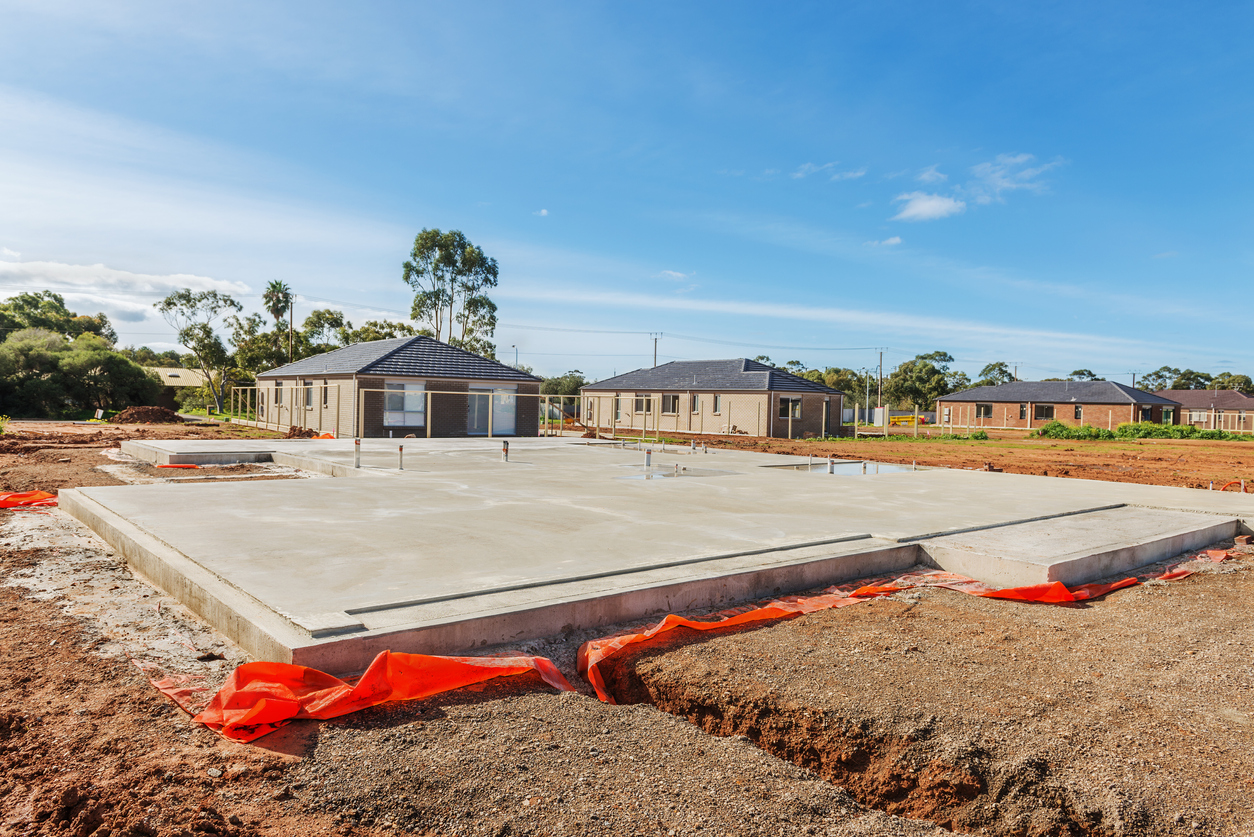
During the first phase of the loan, the lender will provide funds to pay for labor, materials, and other construction costs.
The first phase of the loan, which typically has a 12- to 18-month term, provides funds to pay for the building process itself. The short loan term generally gives builders enough time to complete the construction of the home.
During the building phase, the lender makes payments to the builder to pay all the contractors who are working on the project, purchase materials needed to build the home (like lumber and shingles), and to cover other construction costs. This money goes directly to the builder, and the borrower does not have to worry about balancing or managing these funds.
Lenders release funds directly to the builder as smaller draws—rather than a lump sum—to help pay expenses as they arise.
Construction-to-permanent loans work by making payments directly to the builders in small amounts at certain stages of the project to pay for labor and materials. These payments are also known as “draws.” Before the loan is even approved and the project begins, the borrower and their contractor will need to provide the lender with details about the planned size of the home and subcontractors who will be working on the project as part of construction loan requirements. Having this information will help the lender determine whether the home will be completed within the loan’s time frame and at what points to release these draws to the contractor.
Releasing funds this way helps the project stay on budget. Contractors do not have to closely monitor one large lump sum of money and make sure it lasts until the end of the project. Smaller draws can help pay for expenses that occur at certain stages of the project instead.
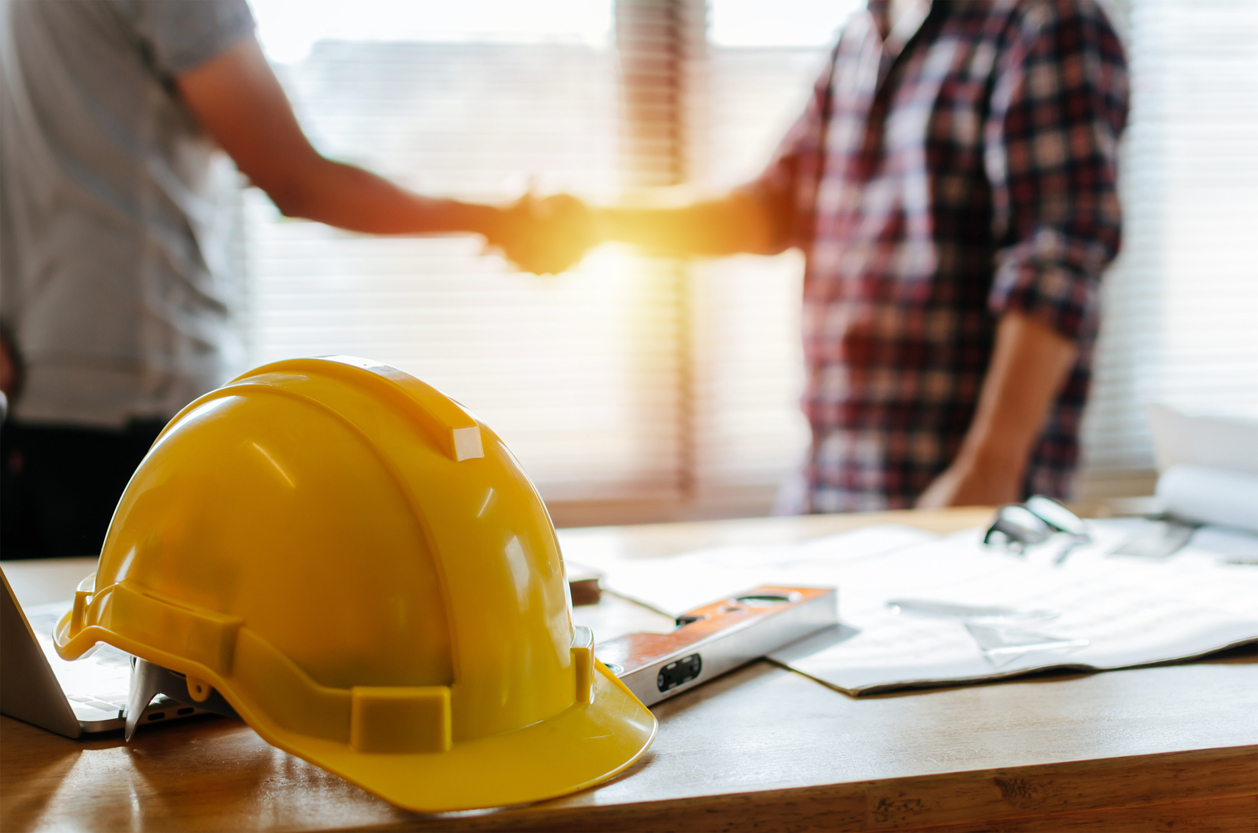
During the construction phase, borrowers are only required to make payments on interest from released funds.
One of the main benefits of a construction-to-permanent loan is that the borrower only pays interest during the construction phase. This can result in smaller payments during construction, which can be especially helpful if the borrower is still paying a mortgage on their existing home. Once the home has been completed, the principal amount of the loan will be rolled into a traditional mortgage.
By only making interest payments during the construction phase, borrowers can feel more confident that they can stay within their budget while they are taking on the expense of building a new home in addition to the expense of paying rent or a mortgage, or even paying for other temporary housing such as staying in a hotel.

Once construction is finished, the lender will convert the remaining loan balance into a traditional mortgage—such as a 30-year fixed-rate home loan.
Once construction is complete, the principal amount of the loan is converted into a traditional mortgage. Interest rates can vary depending on the borrower’s financial situation though they are typically fixed, and loan terms are often 15 to 30 years in length.
Fixed-rate mortgages mean that the interest rate is locked in for the full term of the mortgage. This helps the borrower budget more easily by keeping the mortgage payment the same throughout the loan term, though increased homeowners insurance rates or property taxes can change the total monthly payment from year to year. Even if interest rates go up or inflation takes hold, homeowners who have a fixed-rate mortgage can know that their monthly payments will fluctuate very little over time.
The borrower will then be responsible for making monthly payments on the principal, interest, taxes, and insurance until the loan is repaid in full.
Once the construction-to-permanent loan converts into a traditional mortgage, the borrower will be responsible for making payments each month throughout the term of the loan. Monthly mortgage payments go toward the principal, or the original amount borrowed, as well as the interest on the loan and taxes and insurance. During the early years of the loan, homeowners will pay more toward interest than toward principal, but as the loan progresses that will flip, so by the end of the loan term the borrower will mostly be making payments toward the principal.

Because home buyers can lock in their mortgage rate before construction begins, they may be able to protect themselves from rising interest rates.
Perhaps the largest benefit of the construction-to-permanent loan is that home buyers can lock in interest rates on their mortgage before construction even begins—possibly up to 18 months in advance.
Locking in an interest rate is a good buffer against rising rates. If interest rates are currently going up, a borrower can secure a lower interest rate and lock it in before interest rates rise. Additionally, homeowners who have good credit at the time they apply for a loan will likely find that better credit often means better interest rates.
In addition, borrowers only need to pay one set of closing costs, which can save them money on financing.
Another benefit of construction-to-permanent loans is that borrowers only pay one set of closing costs rather than two. Borrowers who choose a construction-only loan and then search for a mortgage separately would need to pay two sets of closing costs—one on each loan. Since the construction-to-permanent loan automatically converts into a mortgage, no extra closing costs are required.
Mortgage closing costs can range anywhere from 3 to 6 percent of the home’s total purchase price, which can add an extra $12,000 to $24,000 on a $400,000 loan. Closing costs on a construction loan can be 2 to 5 percent of the total cost. That means the borrower could pay between 5 and 11 percent in closing costs by taking out a separate construction-only loan and then a mortgage. With a construction-to-permanent loan, the amount spent on closing costs will be less.
Construction-to-permanent loans may have higher interest rates than conventional mortgages, though, and lenders may require a significant down payment.
Although the closing costs on a construction-to-permanent loan will likely be lower, these loans may come with a higher interest rate than a construction-only loan plus a traditional mortgage. With a construction-to-permanent loan, the borrower locks in their interest rate months in advance, which means they may end up with a higher rate if interest rates decrease during the home construction phase. For some borrowers, the best way to choose a mortgage with a lower interest rate is to opt for a construction-only loan and then shop around for the best traditional mortgage rates once construction is near completion.
Another point to remember is that down payments can be higher on construction-to-permanent loans. These types of loans may require up to 20 percent of the total amount borrowed in the form of a down payment. Compare that with the traditional FHA loan, which has a minimum down payment requirement of 3.5 percent of the home’s purchase price, and a construction-to-permanent loan may not be the best option for borrowers without significant savings for a down payment.

Not all mortgage lenders will finance home construction projects, either, so home buyers may need to shop around to find the right financing terms for their new home.
For borrowers wondering how to get a construction loan, it’s important to keep in mind that not all lenders offer construction loans. Construction loans are considered high-risk in the industry because of situations such as needing a builder’s cooperation or local municipality approvals.
Prospective homeowners may want to first use a construction loan calculator to determine their budget and ensure they aren’t taking on a loan that they are unable to pay off. Once they feel confident in their budget, they will need to shop around with different lenders to find which ones handle home construction loans and offer these loans as construction-to-permanent loans. A good place to start can be credit unions and banks. Borrowers will want to work closely with an agent to make sure they understand all the terms of the loan, are getting the best construction loan rates, and are taking on a loan that they can afford.
